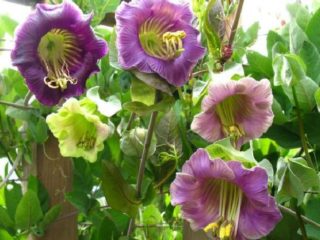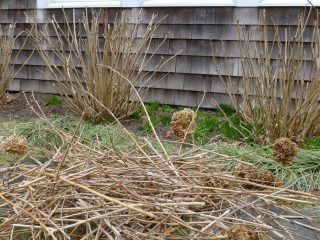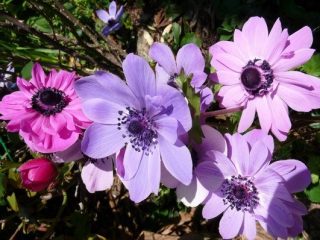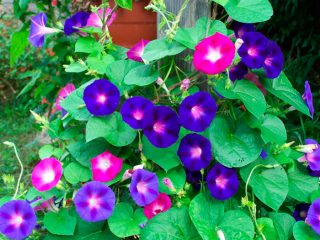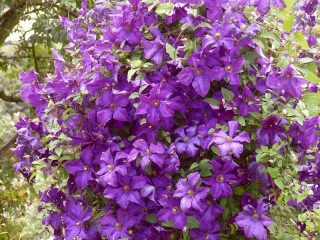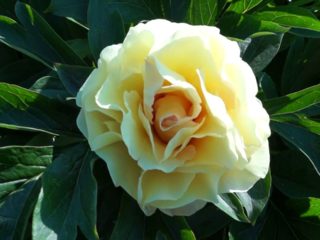Content
Growing kobeya from seeds at home involves some minor difficulties, which are worth contemplating a magical vine with amazingly beautiful flowers in your garden all summer long. This is a perennial subshrub of the Sinyukhidae family, whose homeland is considered to be Mexico. In its natural habitat, a climbing plant with compound pinnate leaves that can create a rich green carpet on any support grows in the humid tropics and subtropics of North and South America. The algorithm for growing kobeya from seeds, together with a photo, allows you to study in more detail the main stages of cultivating the Mexican ornamental vine.
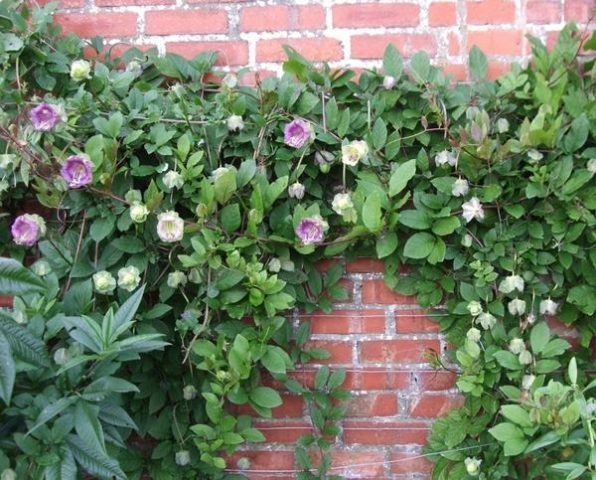
Since the end of the 18th century, the plant has been actively used as a spectacular element of vertical gardening and hedges.
The nuances of growing kobei seedlings
Experienced gardeners recommend growing kobeya from seeds of the latest harvest or purchased in specialized stores, since germination largely depends on age. You will have to sow kobei seedlings yourself, since the plant requires a fairly long period of time from germination.
During the development of kobe seedlings, a lot of space is required, since the plant quickly gains height and needs support. Each seedling sample is grown separately so that the bushes do not intertwine with each other, the stem does not twist around the main stem, or get caught on various objects.
Since the tropical liana grows at a rapid pace, kobei seedlings should be promptly moved to open ground, and not kept indoors, so as not to complicate the transplantation process.
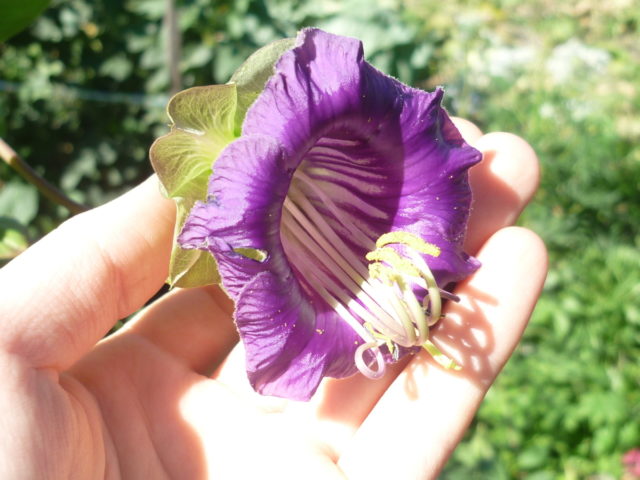
In order for an adult plant to please the eye with abundant flowering, seedlings should be sown, pinched, and tied in a timely manner.
How to plant kobeya seedlings
Before sowing kobeya for seedlings, the seeds should first be prepared and the seedlings should be properly cared for. There are several basic rules for sowing, compliance with which will ensure a positive result:
- firstly, it is necessary to comply with the timing of sowing seeds;
- secondly, you should prepare a suitable container and soil comfortable for the plant;
- thirdly, you need to choose the right seed and place the seeds in the soil mixture.

Mexican liana seedlings feel comfortable at room temperature, while young shoots should be protected from drafts
When to plant kobe seeds for seedlings
Sowing of seed material should be carried out at the end of February or at the beginning of March.The growth period of ornamental seedlings lasts several months. Healthy seedlings are planted in the ground after 2-3 months: at the end of May or at the beginning of June.
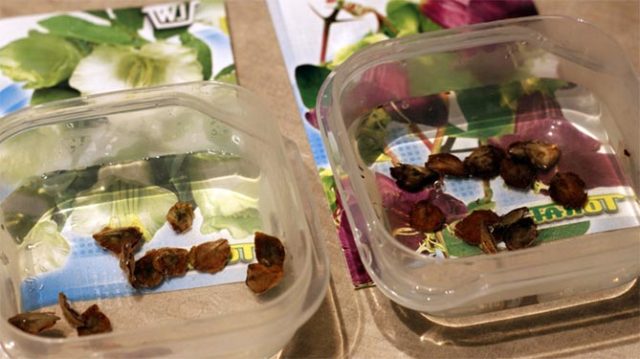
The end of February, the beginning of March is the ideal time for sowing kobei seedlings
Selection of container and soil preparation
The soil for the germination of kobei seeds should be close to the composition of the soil of tropical forests and differ in air and moisture permeability. Universal soil for seedlings can be prepared from equal parts of the following components:
- river sand;
- humus;
- leaf soil;
- turf land.
To plant kobe seeds for seedlings, you should use individual containers so as not to injure the tender sprouts when picking.
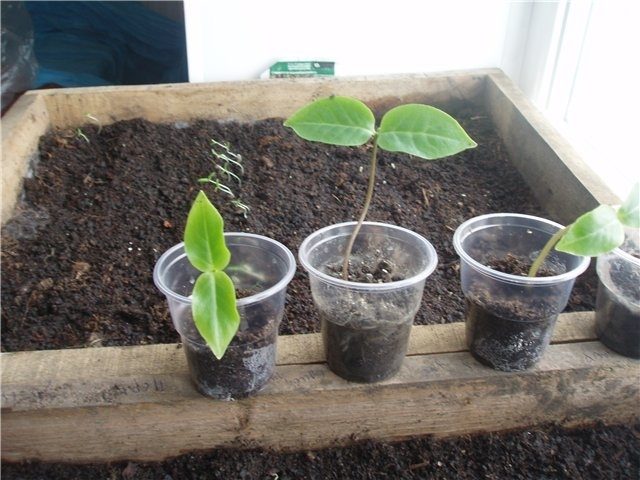
Single containers, peat pots, plastic or paper disposable cups are suitable for sowing kobe seedlings.
Seed preparation
Since kobei seeds are fairly large seeds with a dense shell, their natural germination may be difficult. To grow kobeya from seeds at home, you should carefully prepare. To do this, the seeds are placed on the bottom of any suitable container (plate, lid, container) at a short distance from each other, avoiding contact. The seeds are filled with water and covered with a lid to prevent moisture evaporation.
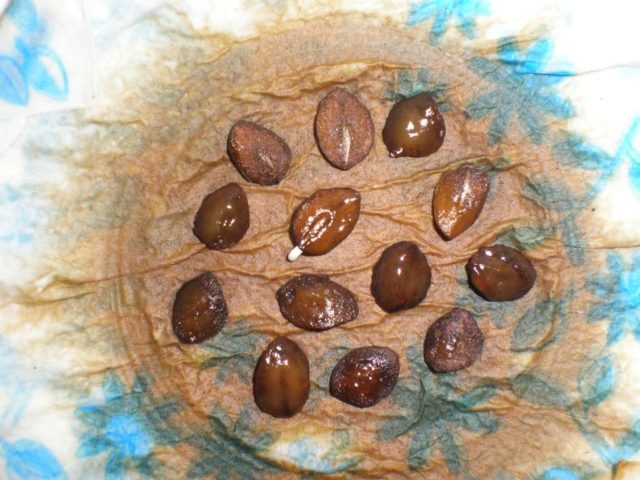
After significant deterioration of the crust, the upper shell is removed in several stages over several days.
How to plant kobea seeds
Experienced gardeners advise starting to grow kobei flowers from seeds in February-March. It is important to at least injure the plants during mandatory picking.To germinate kobeya from seeds, it is necessary to plant the sprouted grains, freed from the hard shell, one at a time in individual containers with soil mixture, peat pots, cups or tablets.
The seed is placed in the substrate with the flat side down, sprinkled with earth (up to 1-1.5 cm).

2 weeks after sowing the kobe seeds, the first shoots appear
How to grow kobeya from seeds
Growing kobei flower from seeds is possible at home, subject to basic care rules. Tropical liana in general is quite unpretentious in care, but requires a comfortable microclimate, periodic watering and fertilizing, and hardening. To form beautiful bushes, the plant should be pinched at the stage of formation of the main shoot.
Microclimate
In order for seedlings to develop correctly, a comfortable microclimate should be provided. Kobeya “prefers” illuminated, warm places in a heated greenhouse, on a windowsill in a house or apartment.
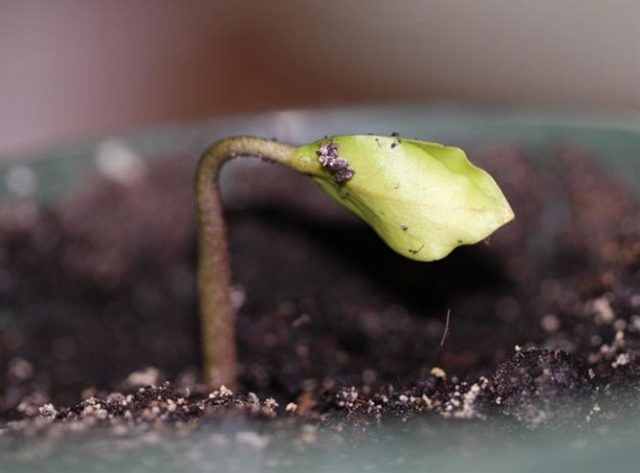
The maximum permissible temperature for germination of kobe seeds is 18-20 ° C
Watering and fertilizing schedule
Kobei seedlings need regular weekly feeding from the moment the first leaves appear. Experienced gardeners recommend using and alternating Humate, Kemira (mineral complex), Mullein (organic additive).
Watering the kobei is carried out periodically, without waterlogging or drying out the soil, in order to avoid rotting of the root system.
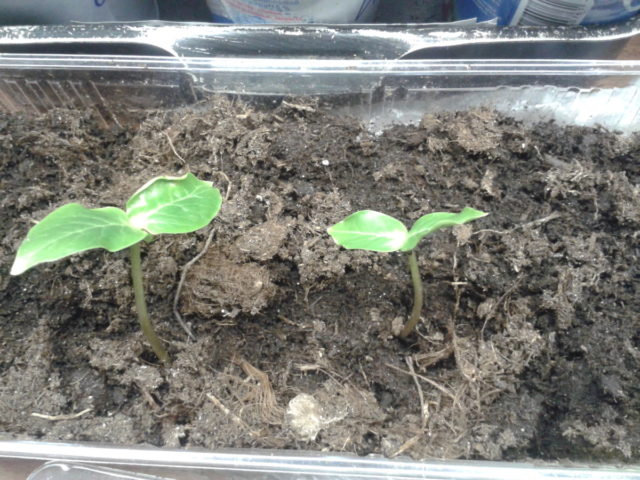
On hot and sultry days, seedlings are watered more often and more intensively
Picking
Since the seeds of the plant must be immediately planted in individual containers, they do not need picking.
When kobei seedlings appear on the sprouts, two true leaves of the plant are transplanted into pots up to 3 liters in volume along with a lump of earth.This allows you to develop a fairly healthy root system and strong main shoots.
In addition, kobei seedlings need support in the form of a metal, plastic or wooden ladder, to which the plant will cling.
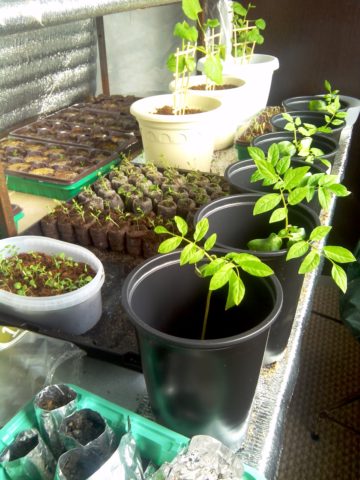
To form a beautiful bush shape, experts recommend pinching the kobeya after the second pair of young leaves appears.
Hardening
Hardening of seedlings is carried out before transplanting plants into open ground. These manipulations will allow the plant to get used to the cool air of the street. The total duration of daily hardening procedures is 3 weeks, they take place in two stages:
- During the day, kobei seedlings are placed for several hours (1-2) in an insulated and glazed, but fairly cool place (loggia, balcony, veranda).
- On warm days, the bushes are “taken out for a street walk,” which lasts up to 1 hour.
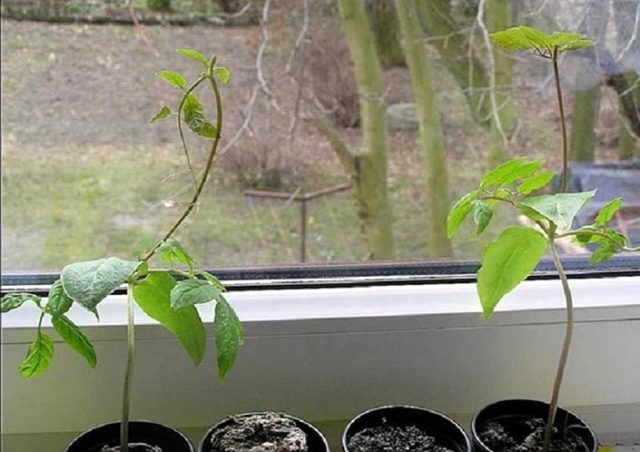
Gradually, the time of the “street” walk is increased so that the plant gets used to the cool air.
Transplantation into the ground
Kobeya is transplanted into open ground at the beginning of summer or in the last days of May, after sufficiently stable warm weather without night frosts has established (with a night temperature limit not lower than + 5 ° C).
As a “permanent place of residence” for the kobei, it is necessary to choose plots of land with sufficient natural light, fertile soil, and the absence of drafts. A large amount of sunlight during the day stimulates especially abundant, long-lasting, spectacular flowering of bell-shaped inflorescences of lilac, yellowish, greenish shades.
A mixture of loose peat, humus, and turf soil is placed in shallow holes (up to 50 cm). From the pots, kobei seedlings along with a lump of earth are placed in holes, sprinkled with soil, pressed down and watered abundantly.Seedlings are planted in open ground at a distance of up to 1 m between individual plants. For kobei, they must install supports or plant them in the area of arches, fences, and walls.
Adult plants need constant loosening of the soil, removal of weeds, sufficient watering, weekly fertilizing with nitrogen-containing preparations, potassium and phosphorus fertilizers.
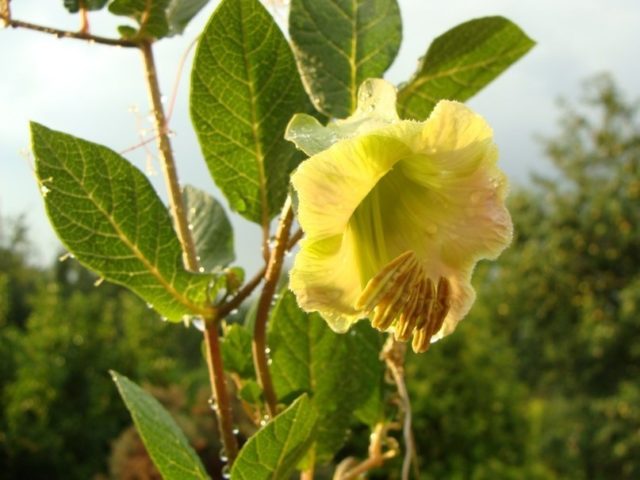
With proper care, kobeya blooms 17-18 weeks after sowing the seeds.
Collection and storage of seeds
Kobeya is an amazing tropical crop that delights with the magical flowering of fairy-tale bells from July until the first frost. In the fall, seeds are collected, since in the natural conditions of temperate latitudes the seeds are not stored due to the cold winter.
Kobei seed pods are collected, dried, and the dark seeds are removed, which are stored in a dry place, preferably in paper bags, until sowing begins. It should be remembered that the material may be immature, so its germination rate is up to 30%.
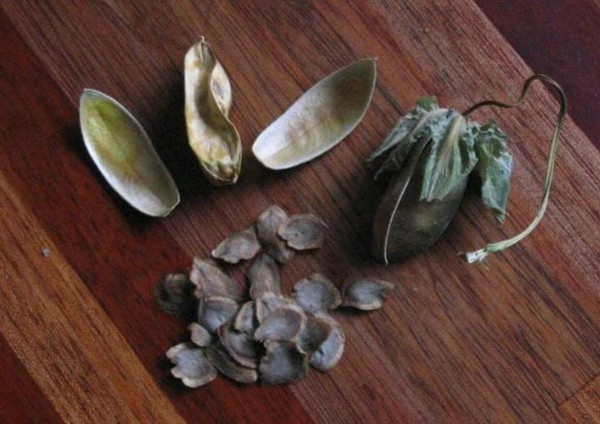
Experienced flower growers recommend purchasing kobe seeds in specialized stores.
Conclusion
Growing kobeya from seeds at home allows you to get magnificent, profusely flowering Mexican vines in any garden plot. The tropical plant is considered unpretentious. The decorative climbing look is successfully used in the design of landscape areas of various stylistic directions.
